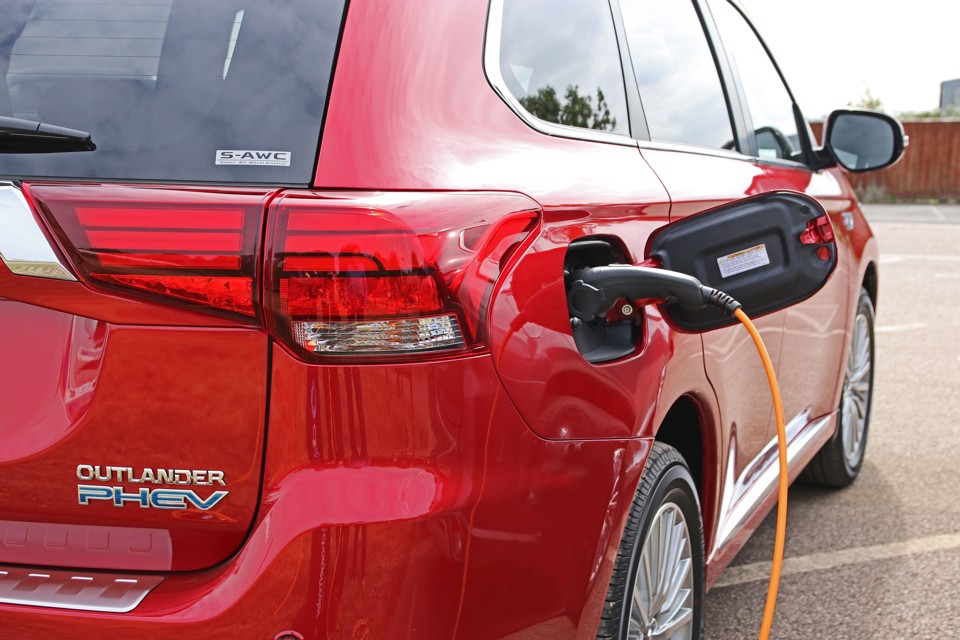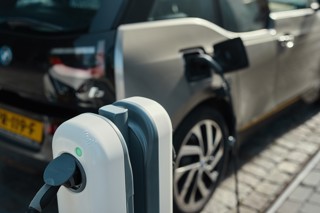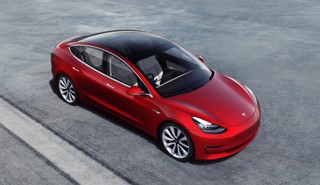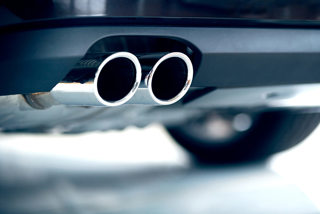More than 72,000 electric and plug-in hybrid cars were registered in 2019, marking the eighth consecutive year of growth.
Pure electric models accounted for 37,850 registrations, overtaking plug-in hybrids for the first time in the annual sales figures. But still make up less than 2% of the total registrations in 2019.
Combined, alternatively fuelled vehicle (AFV) registrations achieved a record 7.4% market share. However, it was hybrid electric vehicles (HEVs) that were the most popular, with registrations of 97,850 units.
Poppy Welch, head of Go Ultra Low, said: “In the context of the wider new car market, it is encouraging to see plug-in car registrations continue to go from strength-to-strength. Looking at the year ahead, 2020 is set to be another fantastic year for electric car uptake.
“With even more new models being released, ongoing government support, as well as the continued expansion of the public charging infrastructure, we’re confident that the next 12 months will be a landmark year for the nation’s switch to electric.”
2020 has the potential to be another strong year for registrations as a host of models are set to be introduced, including the Peugeot e-208, Volkswagen ID3, Vauxhall Corsa-e, Skoda Citigo-e, and Mini Electric just some of the new cars due to hit the roads.
It is also the year that Benefit-in-kind tax is due to drop to 0% for company car drivers choosing a zero-emission vehicle, increasing demand for EVs among fleet customers substantially.
Grant Shapps, Transport Secretary, said: “I want 2020 to be the year electric cars go mainstream. That’s why we are doubling-down our efforts to make owning an electric vehicle the new normal.”
Towns and cities with the highest electric car registrations
Exeter has been revealed as the UK’s greenest motoring hotspot, with the fastest growth in ultra-low emission vehicle (ULEV) ownership since 2018, up more than 150%, according to registration data analysed by Motorway.co.uk.
According to the data, seven of the top ten local authorities for ULEV registrations since 2018 are London boroughs, with Newham and Waltham Forest seeing annual growth of 114% and 82% respectively.
At the bottom of the green motoring table are Sunderland and Wychavon, a district in Worcestershire, where ULEV numbers have grown less than 7% over the past 12 months.
“These figures show a huge disparity between areas that are embracing greener motoring and areas where take-up of ULEVs is in the slow lane. They highlight the need to focus not just at a national level, but also to confront issues at a regional level in areas where ULEV take-up is lagging behind.
“The government is now under tremendous pressure to encourage motorists to move to electric cars and other forms of ultra-low emissions vehicles in time for the 2040 switchover,” said Alex Buttle, director of Motorway.co.uk.
Top 10 local authorities that have seen the fastest growth in ULEV registrations:
|
Local Authority |
Number of ULEVs registered (Q3-2018) |
Number of ULEVs registered (Q3-2019) |
% Increase in ULEVs |
|
Exeter |
464 |
1,194 |
157.3% |
|
Warwick |
414 |
943 |
127.8% |
|
Newham |
307 |
657 |
114.0% |
|
Waltham Forest |
330 |
602 |
82.4% |
|
Redbridge |
525 |
948 |
80.6% |
|
Islington |
570 |
1,026 |
80.0% |
|
Tower Hamlets |
559 |
1,003 |
79.4% |
|
South Northamptonshire |
320 |
571 |
78.4% |
|
Barking & Dagenham |
255 |
449 |
76.1% |
|
Enfield |
549 |
958 |
74.5% |






















Login to comment
Comments
No comments have been made yet.